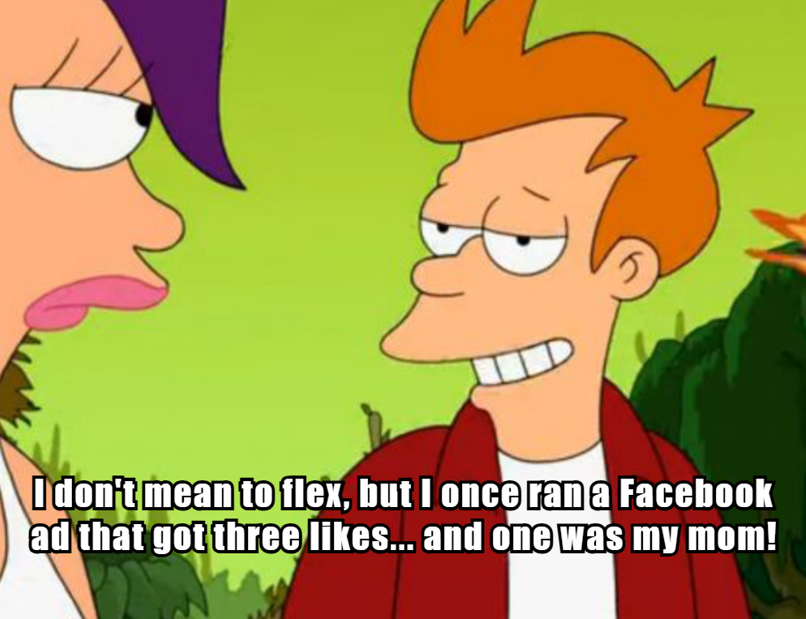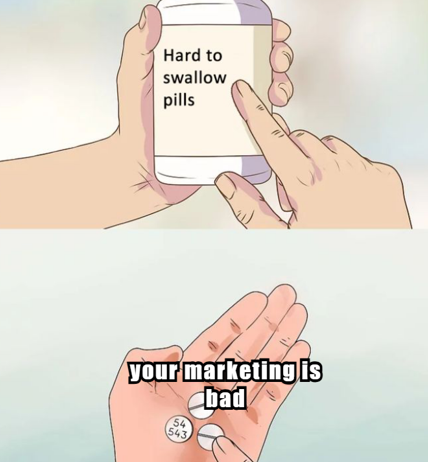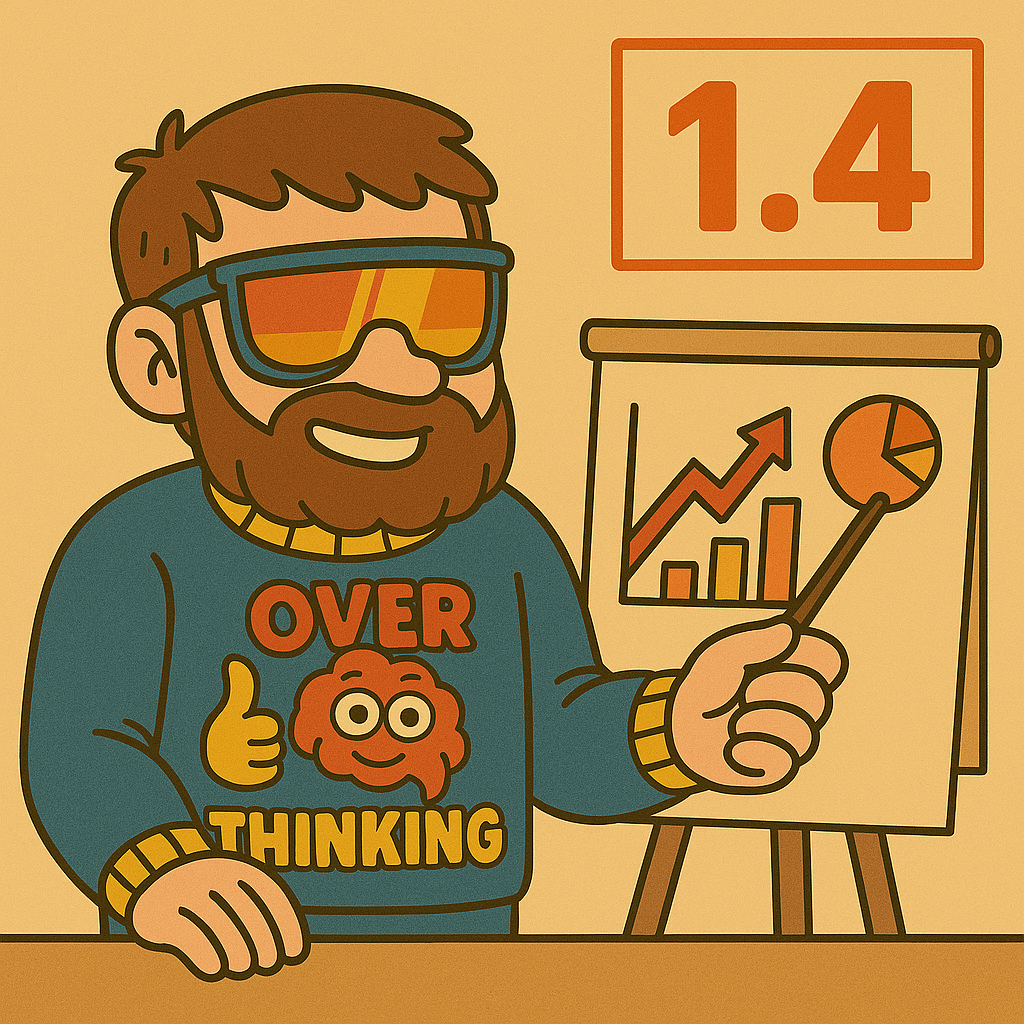Hey again! So, we chatted about what media buying is in the last post – basically, paying for that prime spot in the online market to get your message seen. Now, let’s get real about why this actually matters for you, the person running the show at a small business.
Okay, let’s speak facts. Do you absolutely need media buying to survive? Maybe not. If your local shop is humming along, word-of-mouth is bringing people in, your free social posts are doing okay, and you’re hitting your current goals – fantastic, keep doing what works! You don’t necessarily need anything else if you’re truly happy with where things are.
BUT…
What if you want more? What if you’re feeling a bit stuck? Want faster growth? More predictable sales flowing in each month? Want to finally reach those customers you know are out there but just aren’t finding you?
This is where paid media buying stops being a ‘maybe’ and becomes one of the most powerful, practical tools you have to accelerate your business. Let’s break down why.
Reason 1: Predictability & Speed – Your Growth Accelerator

Think about your current marketing. Maybe some days are great, others are quiet. Organic posts sometimes hit, sometimes flop. It feels a bit random, right?
The biggest edge paid media buying gives you is predictability and speed.
While organic is valuable, it’s often slow and, let’s face it, a bit of a guessing game. Paid ads? You decide you want to test a new offer today, you set it up, you hit ‘go’, and your message is out there immediately to the exact people you want to reach.
Want to announce a flash sale and know people will see it now? Paid ads.
Want to see if people in the next town over are interested in your services today? Paid ads.
Once you find an ad and targeting that works (and we’ll cover how to do that later), you can often get similar results, similar costs per customer (CPA), month after month. It’s one of the fastest ways to build a predictable engine for bringing in leads or sales. Imagine being able to actually plan your growth because you have a rough idea of what it costs to acquire a customer. That’s powerful stuff.
Reason 2: Cut Through the Noise & Focus Your Efforts
“Okay Albert,” you might be thinking, “I’m already juggling a million things running this business. Adding ‘paid ads’ sounds overwhelming!”
I get it. But think of it this way: instead of scattering your energy across tons of different free tactics hoping something sticks, paid ads allow you to focus. You concentrate your message, your budget, and your efforts directly on the specific group of people most likely to be interested in what you offer.
You’re not just shouting into the void; you’re having a targeted conversation.
(Quick heads-up: Later in this guide, starting around Section 2.0, I’m going to give you a straightforward playbook – the basic steps I use – focusing initially on Facebook ads with some extra theory for platforms like TikTok. You won’t need to become some elite hacker. If you just want the ‘how-to’, you can eventually jump there. But understanding this ‘why’ first makes the ‘how’ much more effective.)
For now, just get this: targeted, paid effort often beats scattered hope when it comes to driving consistent results efficiently.
Reason 3: It’s Often Your Marketing, Not Your Product

Here’s something I’ve learned working with over 50 companies, from tiny startups to bigger players: There’s rarely a truly ‘bad’ product. More often than not, it’s just ‘average’ (or non-existent) marketing.
Seriously. You could have the best handmade crafts, the most delicious food, the most helpful service – but if the right people don’t know about it or don’t understand why it’s right for them, it doesn’t matter.
Think about a brand like Liquid Death. At the end of the day, it’s water… in a can. But their marketing? Genius. They packaged it like a craft beer, gave it a rebellious attitude, and tapped into a specific niche (people at parties or bars who don’t want to drink alcohol but also don’t want to look out of place). They didn’t invent better water; they created brilliant marketing around it.
The point? Don’t automatically assume your product or service is the problem if things are slow. Maybe its potential just needs to be unlocked with the right message, delivered to the right audience at the right time. And guess what? That’s exactly what effective media buying helps you achieve.
Reason 4: Think Investment, Not Expense (The Basic Math)
Let’s get down to basics here. Media buying isn’t about randomly spending money and crossing your fingers. It should be treated as a calculated business investment aimed at generating profit.
The core idea is simple math:
Know Your Profit: First, you need to know how much actual profit you make on each sale, after accounting for your costs (product cost, materials, etc.). Let’s say you sell a widget for $100, and your costs are $60. Your profit per sale is $40.
Track Your Ad Cost Per Sale: When you run ads, the platforms tell you how much you spent to get each sale (or lead). This is often called Cost Per Acquisition (CPA).
Compare: Now, compare the two. If your profit per sale is $40, and your ads are bringing you customers for a CPA of $30… you’re making $10 profit on every sale driven by those ads.
If Profit Per Sale > Ad Cost Per Sale (CPA), you’re winning.
That $10 profit might not sound earth-shattering on its own. But the real power of media buying comes from replicability and scale. If you find a way to consistently bring in customers profitably through ads:
Maybe 100 customers = $1000 extra profit. ($10 profit per sale)
Maybe 1000 customers = $10,000 extra profit.
See how that works? It turns advertising from a mysterious expense line into a potentially predictable engine for growing your bottom line, provided you know your numbers and target profitability. It’s about investing $1 to make $1+ back, repeatedly.
Reason 5: The Barrier Isn’t As High As You Think (But Preparation is Key!)
“Okay, sounds intriguing, Albert, but isn’t this going to cost a fortune?”
We touched on this before, and let me say it again: You can absolutely start small. Treating your first $200+ in ad spend as an investment in learning and gathering data is a perfectly valid way to begin. You’re not buying massive scale with that; you’re buying vital insights.
BUT… (and this is huge, don’t skip this bit!)
For that investment to have any chance of paying off, your basic business ‘pillars’ need to be reasonably solid:
Traffic Acquisition (Paid Ads): Getting the right people interested (what we’re learning here).
Website/Funnel: The place you send them needs to be clear, easy to use, and guide them towards the action you want (purchase, contact form, etc.).
Product/Offer: What you’re selling needs to actually deliver value.
And most critically, echoing what I said before: You MUST know your basic business numbers before you start spending on ads. What’s your average profit margin? Roughly what is a new customer worth over their lifetime? What specific, measurable goal do you want your first ad campaign to achieve?
If you don’t know what you’re aiming for, you’re always missing. Spending money on ads without knowing your targets is just gambling.
So, Why Should You Really Care?
Look, media buying isn’t magic. But it’s a seriously powerful tool that gives businesses like yours:
Control: Choose exactly who sees your ads and where.
Speed: Get your message out and see results much faster.
Predictability: Build a more consistent flow of leads or sales over time.
Scalability: Provides a measurable way to invest in profitable growth.
It’s about taking charge of your business’s growth trajectory, not just passively hoping customers find you. It’s about turning ‘average marketing’ into something that lets your great product or service truly shine.
Feeling like this might actually be worth exploring for your business? Starting to see the potential? Good.
Because before we even think about clicking buttons inside Facebook Ads Manager or any other platform, there’s some crucial prep work we need to do. And that’s exactly what we’re diving into next… getting your house in order before you spend that first dollar. Stay tuned!












